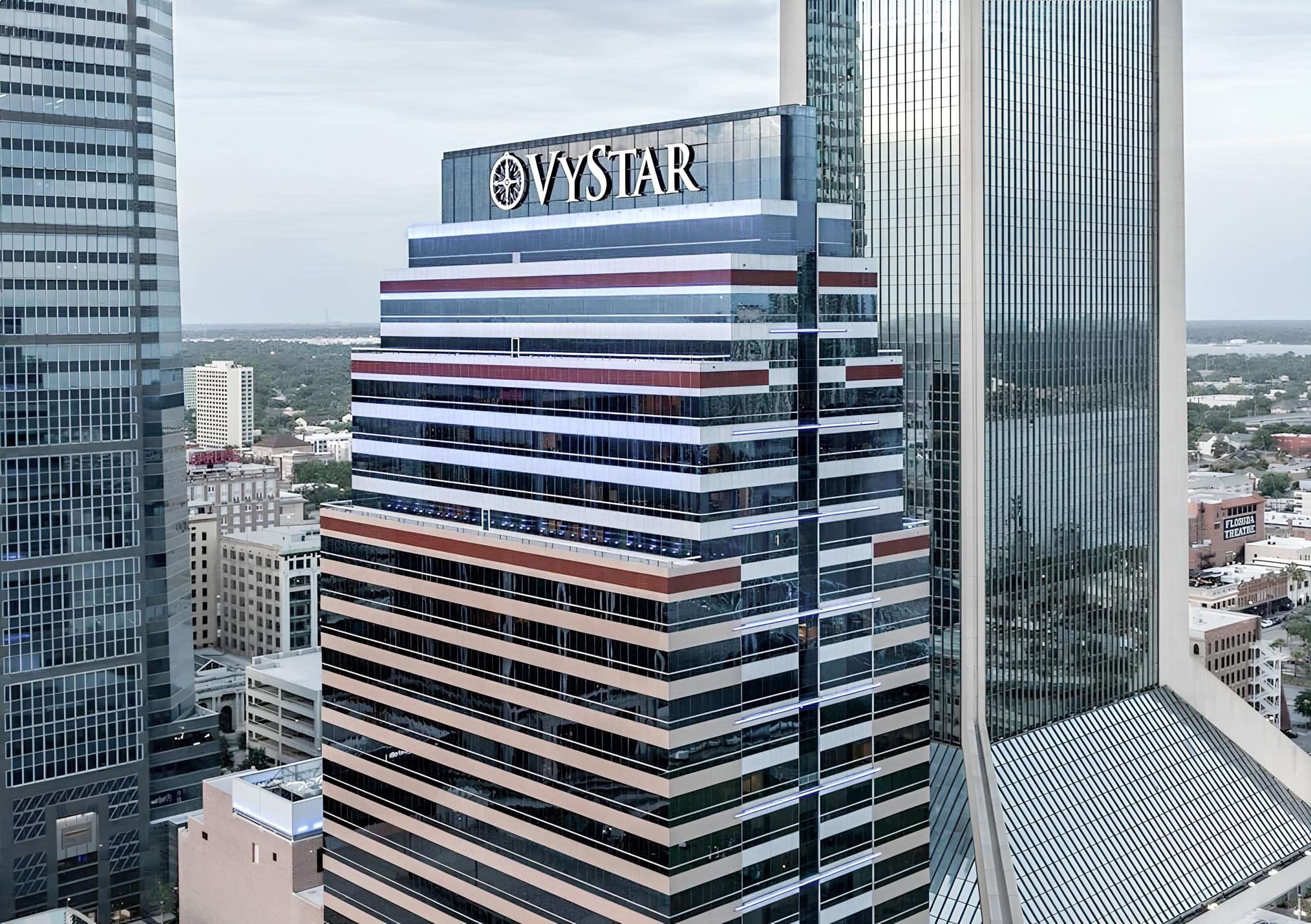The 1 Independent Square is a Postmodernist skyscraper designed by KBJ Architects, and built between 1972 and 1974 in Jacksonville, FL.
1 Independent Square is not the only name you might know this building by though. It is common for companies to want to attach their names to iconic buildings when they move in, or for the general public to come up with nicknames, and this one is no exception. The building has changed names several times over the years, and is also known as:
- Modis Tower until 2011.
- Independent Life & Accident Insurance Company Building between 1974 and 1995.
- Accustaff Building between 1995 and 2002.
- Wells Fargo Center between 2011 and 2024.
Its precise street address is 1 Independent Drive, Jacksonville, FL. You can also find it on the map here.
The public enters the building through a four-story atrium covered with tropical vegetation.





